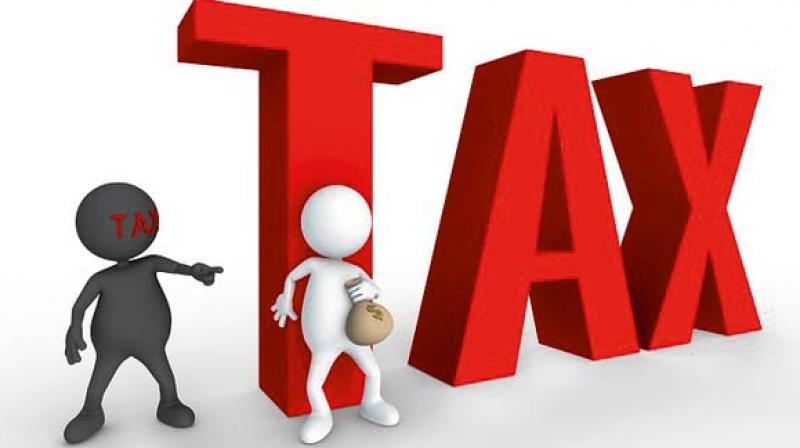Invest smartly to save taxes this fiscal year

We all want the best returns on our investments, the best insurance coverage, and we also want to pay as little tax as possible. Such great results aren’t possible without proactively managing our money. The start of a new financial year gives us the opportunity to take stock of our money situation, and to start planning for ways to end the year on a stronger note. If you are under the age of 60, here’s a check list to help you plan your money decisions to create wealth, insure adequately, and save tax in 2018-19.
FIRST, ASSESS TAX LIABILITY
The first step to saving taxes is knowing your taxable income. Taxable income isn’t your gross income. It’s the income that will be taxed after saving deductions, some of which are built into your salary structure or provided through various sections of the Income-Tax Act. For example, you can save taxes under Section 10 (13A) for rent paid (or 80GG, if you don’t receive HRA). Next, you can claim deductions under Section 80C for EPF, and a standard deduction of Rs 40,000 available from this year. After availing these deductions, if your taxable income is still over Rs 2,50,000, you need to buy a tax-saving instrument. Let’s look at your options.
80D: INVEST UP TO Rs 75,000
This year, Section 80D has received a boost, allowing deductions of Rs 50,000 for health insurance purchased for senior citizens. Additionally, you can save Rs 25,000 for health insurance purchased for yourself, your spouse and children assuming none of you are over 60. This gives you a total exempted income of Rs 75,000.
SECTION 80C: INVEST UP TO Rs 1.5 LAKH
80C is the most popular tax-saving section due to the large number of options it provides as well as the large deduction limit. You can choose from a range of instruments to meet the Rs 1.5 lakh limit — EPF, home loan principal payment, life insurance premium, pension fund premium, PPF, NSC, ELSS, children’s tuition fee, and more. Here, we can broadly divided your investments into two buckets: investments and insurance. For best results, you should aim to invest and insure through separate investments. For example, let's consider that your children’s education fee is Rs 30,000; your EPF is Rs 20,000, and your life insurance payments are Rs 50,000. This leaves you a shortfall of Rs 50,000 under Section 80C. You can cover it through a monthly SIP in an ELSS fund, or by investing in PPF, or through a one-time investment in a five-year tax saving fixed deposit.
ADDITIONAL DEDUCTION THROUGH NPS
By investing in the National Pension Scheme, you can claim additional deductions under Section 80CCD(1b) by investing up to Rs 50,000. Remember that this is a long-term investment scheme with limited liquidity and will will bear fruit only in your retirement.
TAKE A HOME LOAN, SAVE Rs 3.5 LAKH
A home loan is one of the best ways to save income tax. You get deductions of Rs 1.5 lakh under 80C for principal repayment, and Rs 2 lakh under Section 24B for interest payment. This combined limit of Rs 3.5 lakh would take care of most of your tax-saving needs over the years.
BUY TAX-EFFICIENT INVESTMENTS
Paying income-tax is tough. But paying taxes on returns generated by your investments is tougher. Therefore, pick investments that have higher tax efficiency. For example, the PPF offers returns of 7.6 per cent currently, but it is fully exempt from taxation. However, an 8 per cent fixed deposit may only offer effective returns of 5.6 per cent if you are in the 30 per cent tax bracket. Long-term investment in equity is one of the best ways to create wealth in a tax-efficient manner, despite the 10 per cent capital gains tax.

